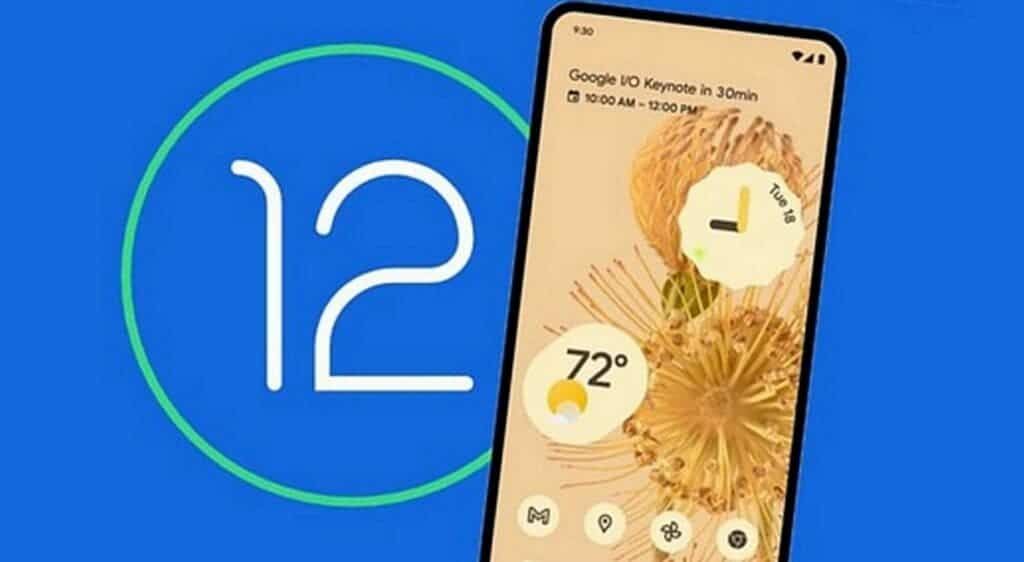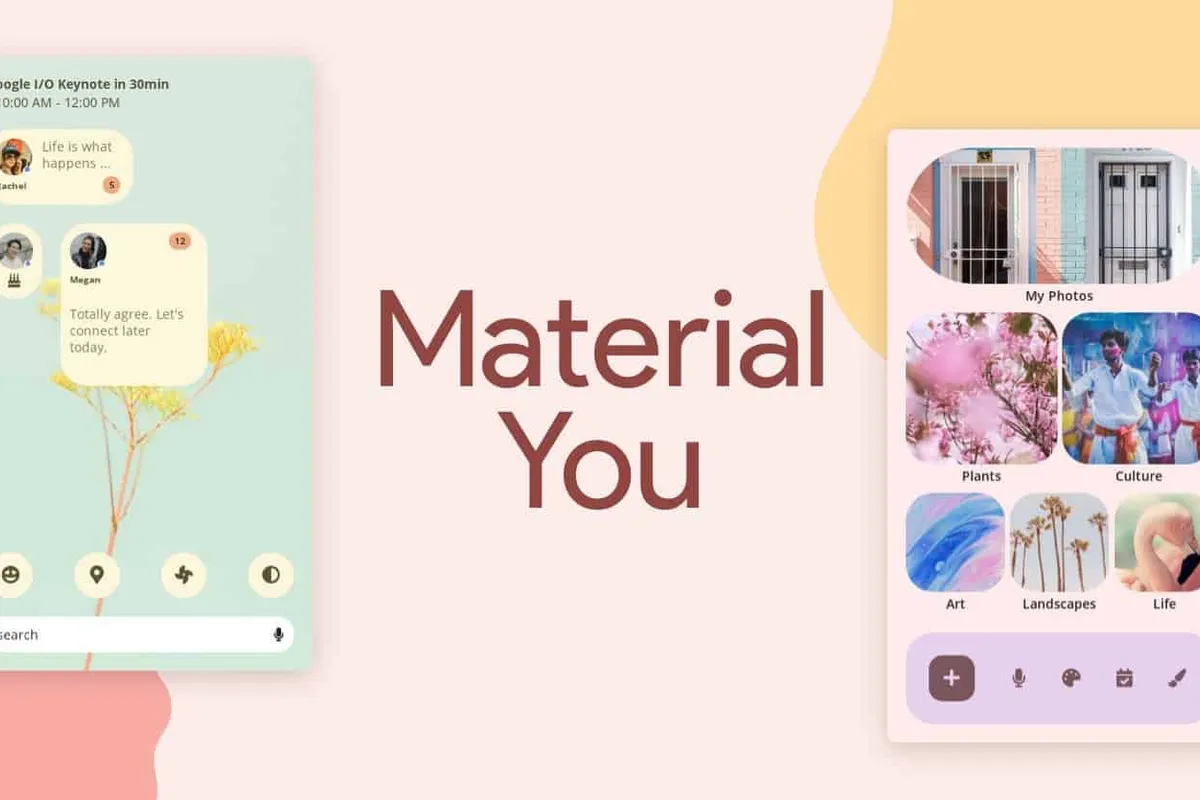Google launched the Material You dynamic theme design in Android 12 which helps apps dynamically colorize according to the user's wallpaper. Recently, Google announced the open-source Material Color Utilities code. This allows more platforms to use this new system theme including Apple's iOS. In a recent blog post, Google called Material Color Utilities a cross-platform color code library that includes everything developers need to implement Material You's dynamic themes across platforms. Currently, the library includes Dart, Java, and Typescript versions, but Google plans to bring it to iOS, CSS (via SASS), and GLSL shaders.

Additionally, the article details how the dynamic theme system works on Android 12. Every time the user changes the wallpaper on the Android 12 device, the system will collect the colors of the wallpaper for integration. It will also gradually count them into a few colors, and then find the preferred color according to the algorithm, or specify the default color by the user.
Material You to arrive more Android devices
According to Google, more Android 12 smartphones will get the dynamic color of Material You soon. The company confirms that smartphones from Samsung, OnePlus, Oppo, Vivo, Realme, Xiaomi, Tecno, and more will get this feature. Google claims that Material You makes the Android system more fluid and personal. This feature also brings a dynamic touch, silky scroll, and a spacious layout. Nevertheless, the dynamic color feature is the major selling point of the Material You feature.
In a recent blog post, Google said
"With MaterialYou, personalization is now a defining trait of Android that our ecosystem will continue building...We want to make sure that you, our developers, have the confidence to join us on the journey. Bring a more personal look and feel to users through your apps. As more Android 12 devices land in the next couple of months, our OEM partners are working with us to ensure that key design APIs, especially around dynamic color, work consistently across the Android ecosystem so developers can have peace of mind and users can benefit from a cohesive experience.
You can understand how to implement dynamic color and fit it into your overall brand story. The Material team has published the comprehensive Customizing Material article with codelabs. The material also has guides to get started with Views or Jetpack Compose. Watch for ongoing updates to Material Theme Builder and Material Color Utilities in the coming months".
According to the company, many Google applications already use dynamic colors. The likes of Gmail, Photos, Chrome, and others use this feature. However, if you already have dynamic color, you can send feedback to Google via the Material Android issue tracker.






Place comments
0 Comments
You are currently seeing only the comments you are notified about, if you want to see all comments from this post, click the button below.
Show all comments